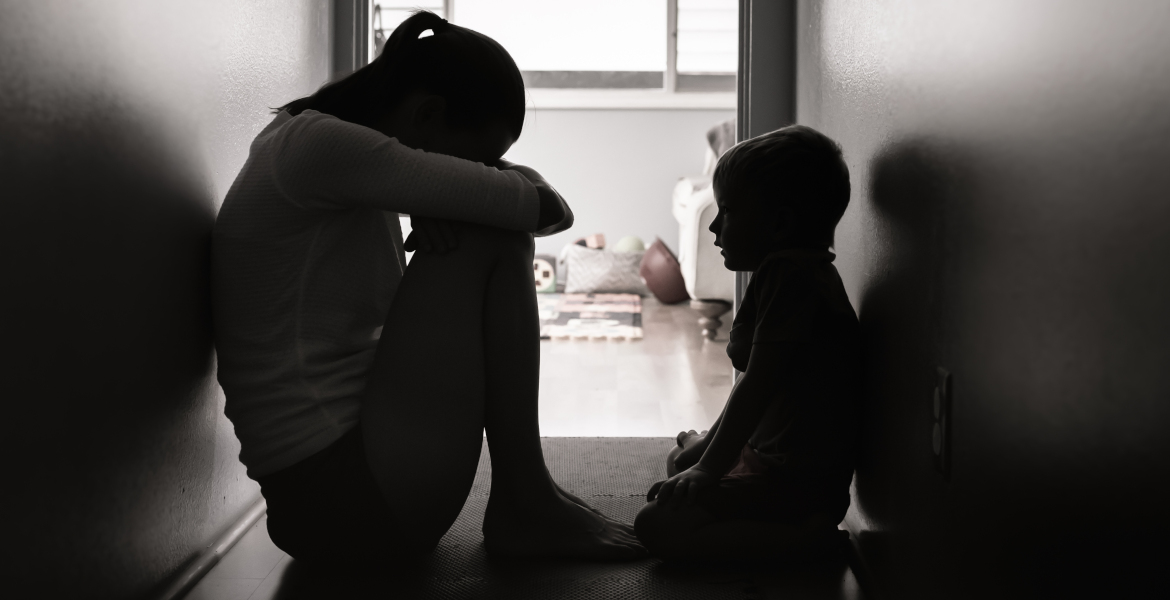Mental health problems among young Swedes have skyrocketed in recent decades, with the worst performers being those who fail to meet school targets.
A comprehensive study shows that there are clear links between psychiatric diagnoses such as anxiety and depression and poor school performance.
Researchers at Umeå University have followed over three million students between 1990 and 2018 and conclude that the results show that "school performance and mental illness have become increasingly interlinked".
"Psychiatric diagnoses have increased across the youth population, but the trend has been most dramatic among low-achieving students. Mortality from suicide and substance abuse has also increased in this group, while it has remained stable for other youth", the university writes.
– The increase applies both in the short and long term. We study students when they are in grade 9, but also follow them for several years after they leave primary school. The increase in ill-health is evident even into their 20s, explains Associate Professor Björn Högberg, who participated in the study.
It is seen that mental illness among young people has increased since the 1990s – and that Swedish schools have undergone several reforms and changes during this period. These changes have led to an increasing number of students failing to enter or complete their upper secondary education.
Increased risk of suicide
By following all students who completed grade 9 in Sweden between 1990 and 2018, we can see how the correlation between school failure and psychiatric diagnoses has become stronger over time.
– As far as we know, no similar studies have been conducted in any other country, so we do not know if this trend is unique to Sweden. What is known, however, is that self-reported mental illness and overdose mortality among young people have generally increased more in Sweden than in most other European countries, Högberg explains.
The trend is described as worrying and it is believed that those who perform poorly at school run a "significantly higher risk of suffering from serious psychiatric conditions" than others in the future and that there is also an increased risk of suicide and addiction.
– Another way of putting it is that mental health inequalities have increased, and that this has been driven mainly by girls and young people with a Swedish background. However, the trends for students with a foreign background are difficult to interpret as the most common countries of origin of the students vary over the period, continues the associate professor.
"Extensive need for support"
The researchers argue that it is necessary to carefully analyze the actual impact of the various school reforms on the mental health of young people and work actively to reduce the number of school failures.
They emphasize that so far we can only say with certainty that there is a link between excess risk of mental health problems and poor school performance – we cannot say how the different factors interact.
– At the moment, we can't comment on the causal link, but we plan to look at it more closely in the future. Regardless, this is a very vulnerable group with extensive support needs, needs that unfortunately do not seem to be adequately met today, concludes Björn Högberg.





